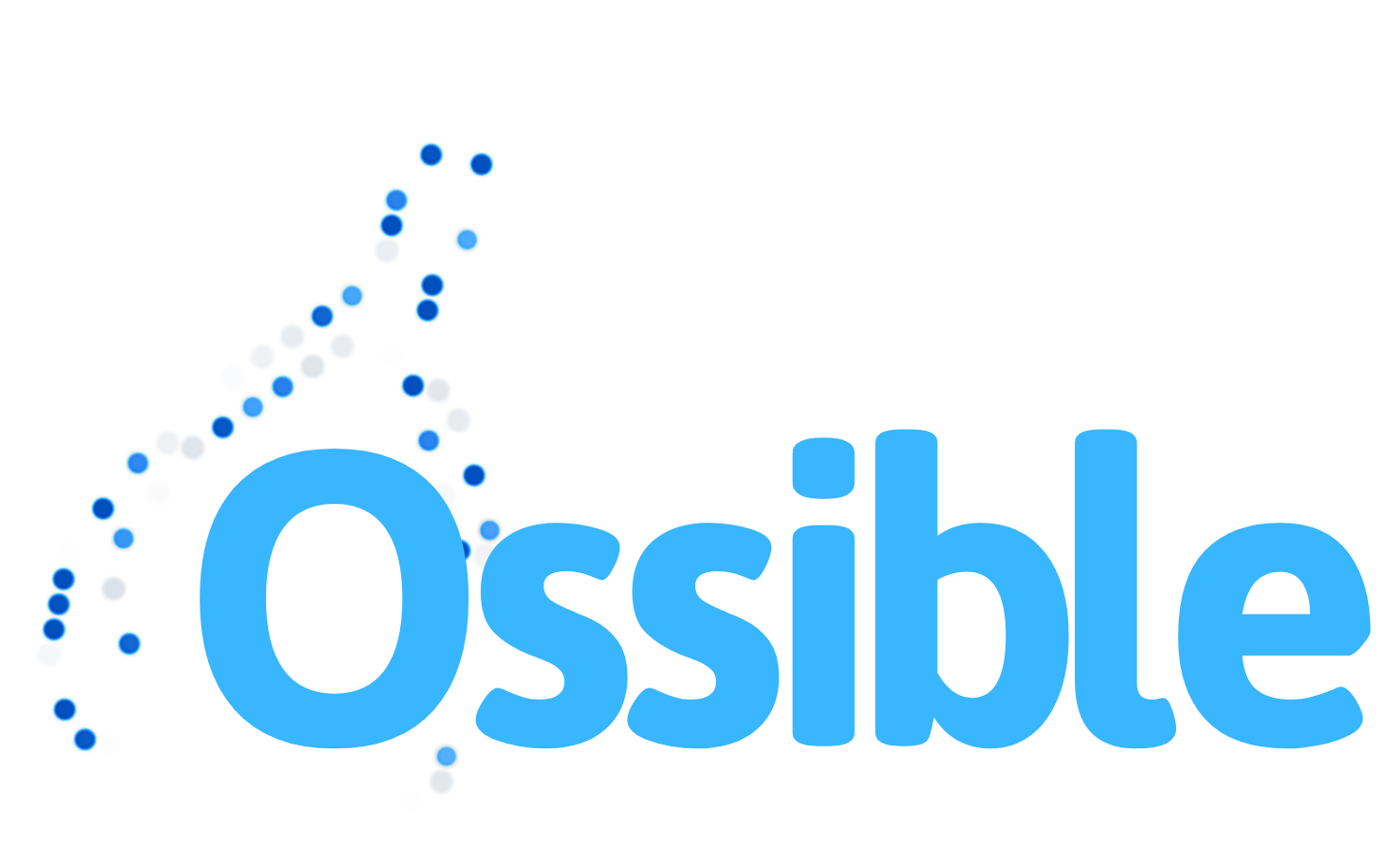
The Need for a Cheaper and Safer UVC Light Source
UV exposure is notorious for causing redness, pain and peeling in the long term, and can lead to skin cancer in the long term. While the Ossible Mk. 1 is beneficial in its non-ionizing radiation, UV-C light between 200 and 280 nanometers in wavelength with its ionizing energy could be used to denature polymeric structures present in pathogens such as SARS-CoV-2. With a modular, efficient, portable UV light sanitizing probe, Ossible will illuminate the path to a safe reopening of the world and its public spaces.

UVC Light
Deep ultraviolet (UVC) light emitting diodes (LEDs) are an irradiation source and require due precautions to ensure safe usage. The UV range of the electromagnetic radiation spectrum extends from 10 nm to 400 nm. UVC radiation refers to wavelengths shorter than 280 nm. Research has shown optimal deactivation of pathogens with light between the range of around 220 and 254nm. Far UVC light is the shorter wavelength subset of UVC known to be safe for human exposure, with designs for public fixtures using this range of light being developed around the world as well as under research by our team now.
Proposed Solution
By using far UVC laser diodes as a source of UV irradiation, we can reduce the amount of power that is required, which has an effect on exposure time and is key for use on any surface that the laser shines on, particularly human skin.
At the moment, Ossible is collecting data on optimal UV-C and far UVC wavelengths to use for rapid sterilization of irradiated areas, calculating required exposure times at given distances and power levels. We are compiling a list of possible diode sources and their specifications, as well as designing a probe to be used for inhabited areas. With two main system types under process and deliberation for effectiveness, one a handheld system and another vehicle mounted, we will be providing updates on our progress on our social media accounts.
